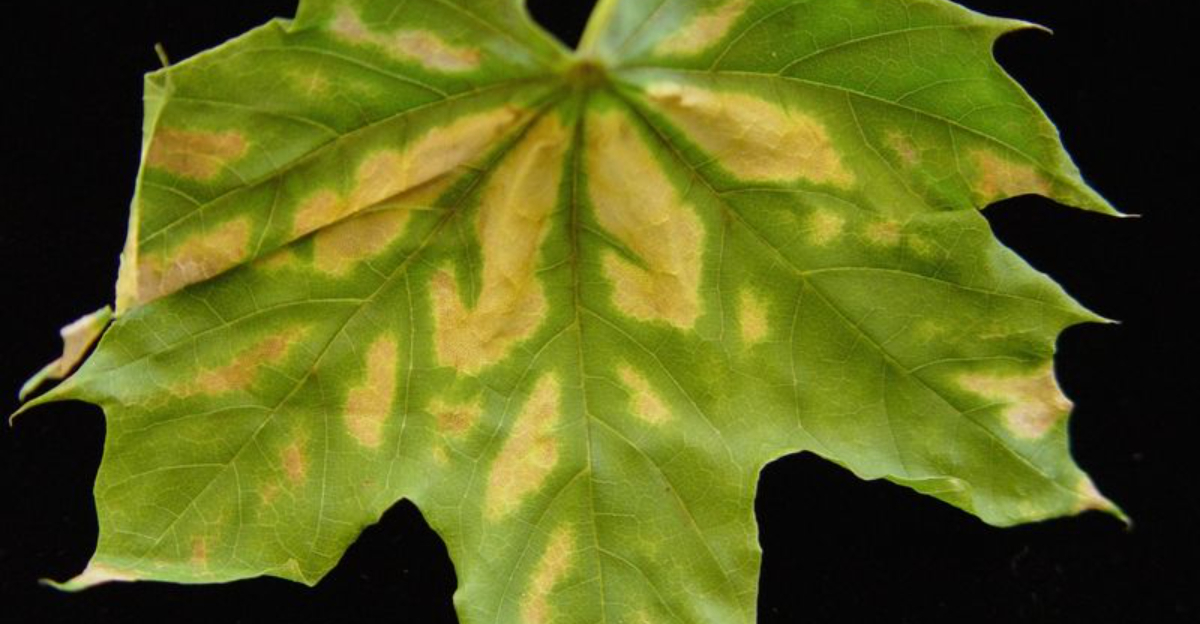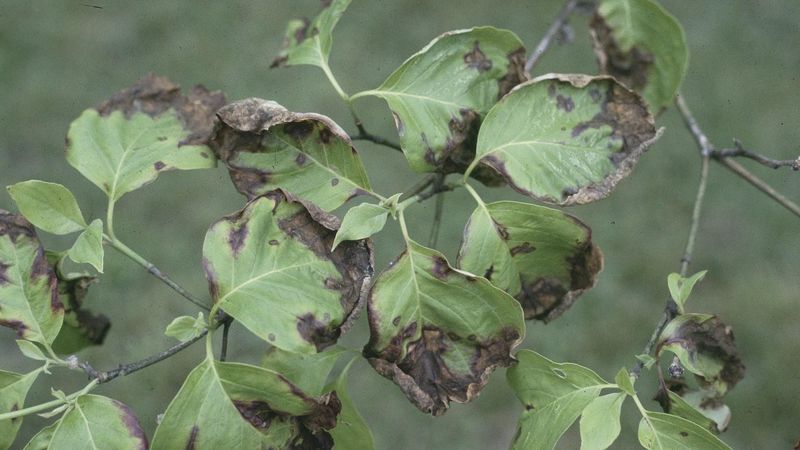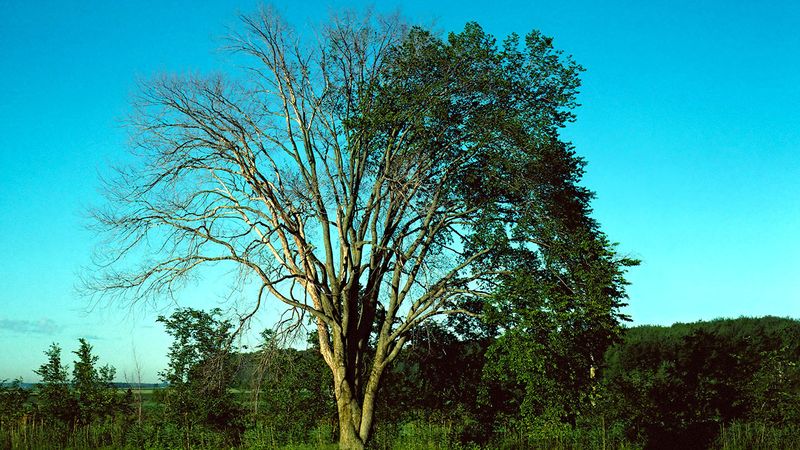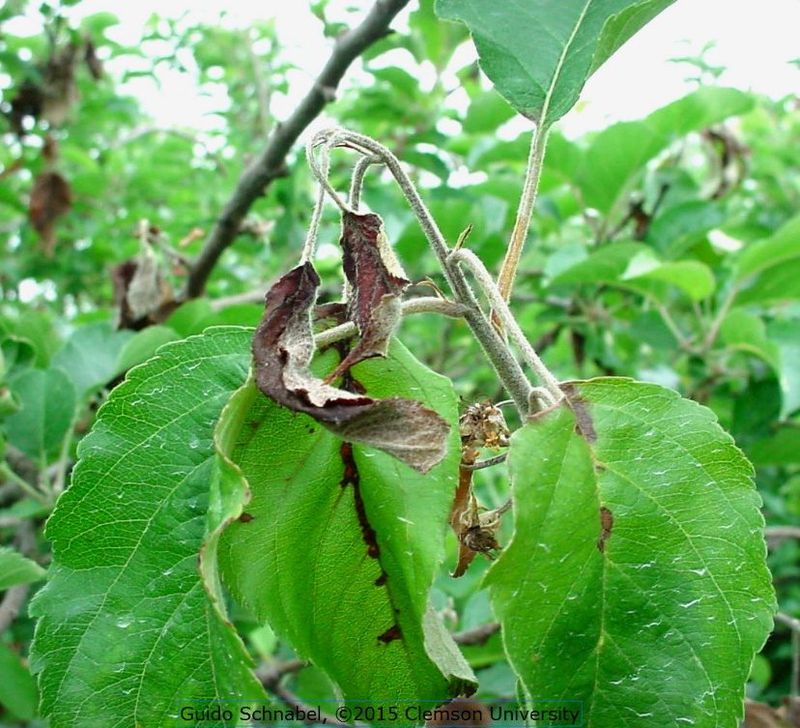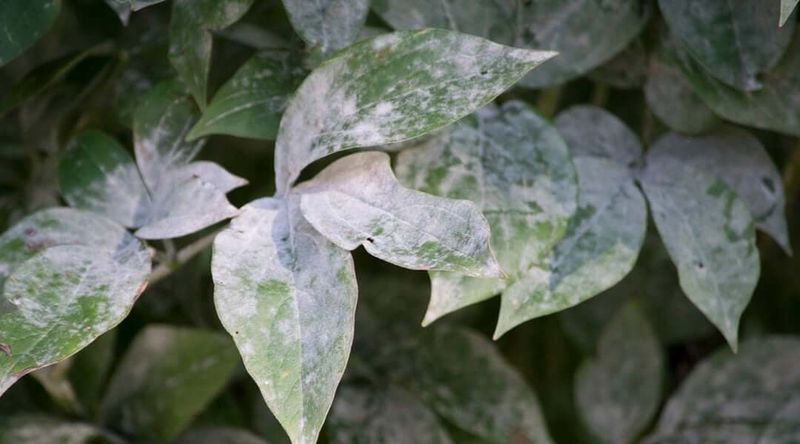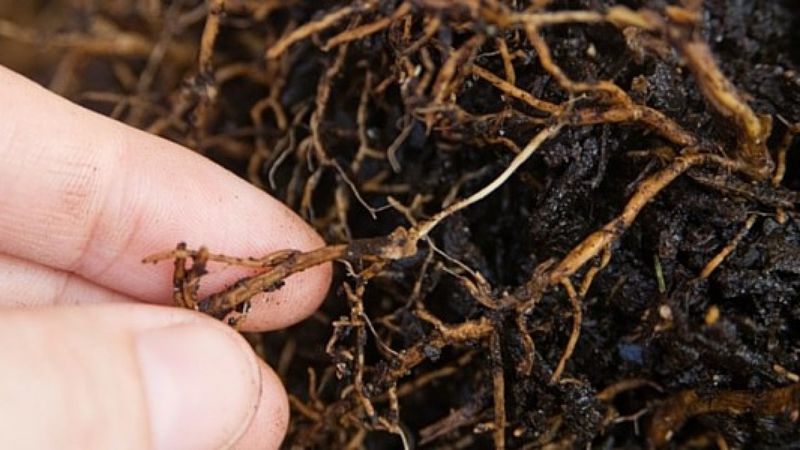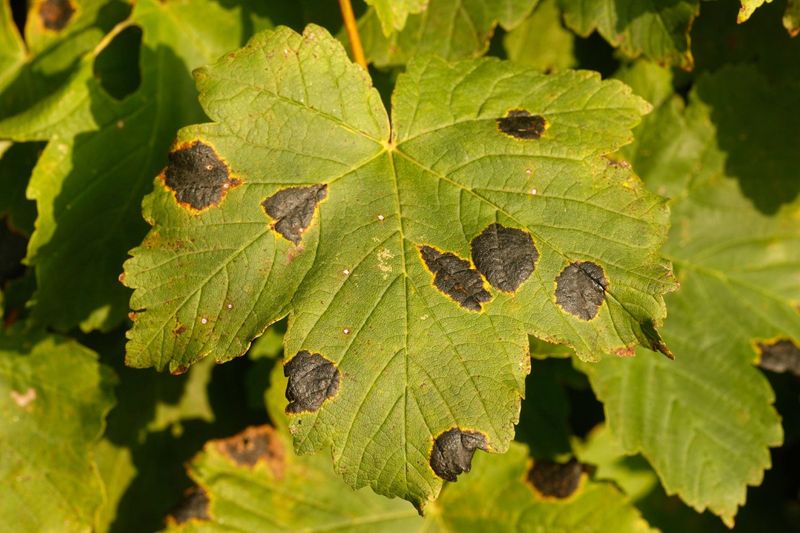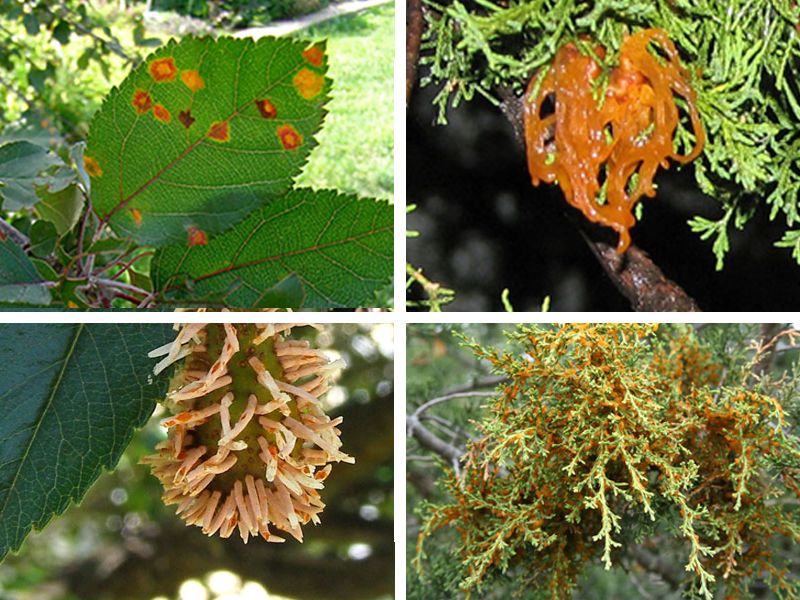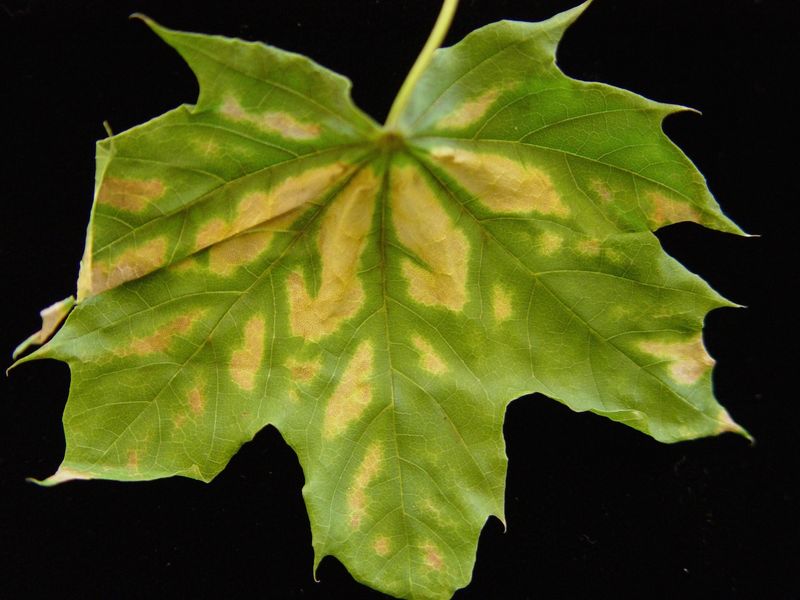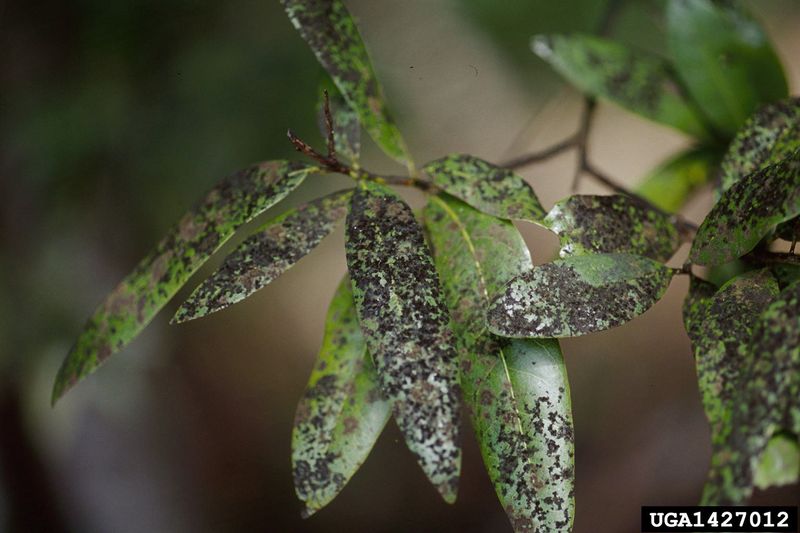Trees are vital to our environment, yet they face numerous threats from various diseases. This guide explores ten common tree diseases, detailing their symptoms and offering actionable treatment options.
From fungal infections to bacterial blights, each disease poses unique challenges but can be managed with proper care. Understanding these diseases not only helps in maintaining healthy trees but also in preserving our ecosystem.
Whether you’re a seasoned arborist or a nature enthusiast, this list provides essential insights to tackle these issues effectively. Let’s explore these tree diseases and learn how to keep our trees thriving.
1. Anthracnose
Anthracnose is a common fungal disease characterized by leaf spots, wilting, and premature leaf drop. It mainly affects dogwood, ash, oak, and sycamore trees. To manage this disease, begin by pruning infected branches to prevent further spread.
Ensure you clean up fallen debris around the tree to minimize reinfection. Applying fungicides in early spring can also be beneficial in controlling the disease. Regular monitoring and prompt action can keep trees healthy and vibrant.
By understanding the signs early, you can implement these steps effectively and maintain the beauty of your garden.
2. Apple Scab
Apple Scab is a fungal disease that manifests as olive-green spots on leaves and fruit. It commonly affects apple and crabapple trees. To combat this, rake and remove fallen leaves and debris to reduce the source of infection. Choosing resistant varieties can also help in preventing the disease.
Spraying with a suitable fungicide during the early stages can mitigate the spread. Regular care and monitoring of your trees can help in maintaining their health and productivity. By adopting these practices, you can enjoy a bountiful harvest and beautiful blooms.
3. Dutch Elm Disease
Dutch Elm Disease is a devastating fungal disease that causes wilting, yellowing, and browning of leaves, starting at the crown. This disease primarily affects elm trees. Immediate removal and destruction of infected trees are crucial to prevent further spread. Injecting systemic fungicides can protect healthy trees.
Pruning early infections can also limit the impact. Understanding the symptoms allows for timely intervention and safeguarding of these majestic trees. By employing these measures, communities can preserve their elm populations and enjoy their shade for generations to come.
4. Fire Blight
Fire Blight is a bacterial disease that causes blackened, wilted blossoms and twigs, giving a scorched appearance. It affects apple, pear, and crabapple trees. Pruning 8–12 inches below the affected area is essential to remove the infection.
Disinfecting tools between cuts prevents further spread. Avoiding heavy nitrogen fertilization helps in reducing susceptibility. Regular inspection and proper care can minimize the impact of this destructive disease. By taking these steps, you can enjoy the beauty and bounty of your fruit trees without worry.
5. Powdery Mildew
Powdery Mildew is characterized by a white, powdery coating on leaves and is common in maple, oak, dogwood, and crabapple trees. Improving air circulation around the tree can reduce humidity and prevent the spread.
Removing affected leaves and using sulfur-based fungicides can control the infection. Regular monitoring and prompt action can maintain the tree’s health and aesthetic appeal. By understanding the conditions that favor Powdery Mildew, you can take proactive steps to ensure your trees remain vibrant and disease-free.
6. Root Rot
Root Rot is a serious condition marked by yellowing leaves, stunted growth, and mushy roots. It affects many trees, especially those in poorly drained soil. Improving soil drainage is key to preventing Root Rot. Removing affected trees and avoiding overwatering can also help manage this disease.
Recognizing the early signs and addressing the underlying issues can save your trees from debilitating effects. By maintaining proper drainage and watering practices, you can protect your trees from this hidden threat and ensure their robust growth.
7. Tar Spot
Tar Spot is a fungal disease identified by raised, black tar-like spots on leaves, predominantly affecting maple trees. Raking and disposing of fallen leaves helps reduce the source of infection. If necessary, apply fungicide in early spring to control the disease.
Keeping the area clean and monitoring for symptoms can prevent recurrence. By understanding the disease cycle, you can protect your maple trees and keep them healthy and attractive. With these preventive measures, your maple trees can thrive without the unsightly blemishes caused by Tar Spot.
8. Cedar-Apple Rust
Cedar-Apple Rust is a fungal disease that causes orange spots on apple leaves and galls on cedar trees. Removing nearby junipers can minimize the disease’s spread between hosts. Using resistant varieties and spraying fungicides during bud break can also control the infection.
Understanding the relationship between the two tree species helps in managing the disease effectively. By taking these steps, you can ensure the health of both your apple and cedar trees, enjoying their beauty and productivity without the interference of disease.
9. Verticillium Wilt
Verticillium Wilt is a soil-borne fungal disease causing wilting, yellowing, and branch dieback, affecting trees like maple, ash, cherry, and catalpa. Pruning affected limbs and improving soil health are crucial steps in managing this condition.
Since there is no cure, prevention is vital. By maintaining healthy soil and vigilant monitoring, you can reduce the risk of infection. By adopting these practices, you can protect your trees from the long-term damage that Verticillium Wilt can cause and ensure their continued growth and vitality.
10. Sooty Mold
Sooty Mold is a fungal growth resulting in a black, sooty coating on leaves and branches. It often affects trees infested with sap-sucking insects like aphids or whiteflies. Controlling these pests is the first step in managing Sooty Mold.
Washing the mold off with water and using insecticidal soap can also help. Regular inspection and pest control can prevent the mold from spreading. By addressing the root cause, you can keep your trees looking pristine and healthy, free from the unsightly appearance of Sooty Mold.
